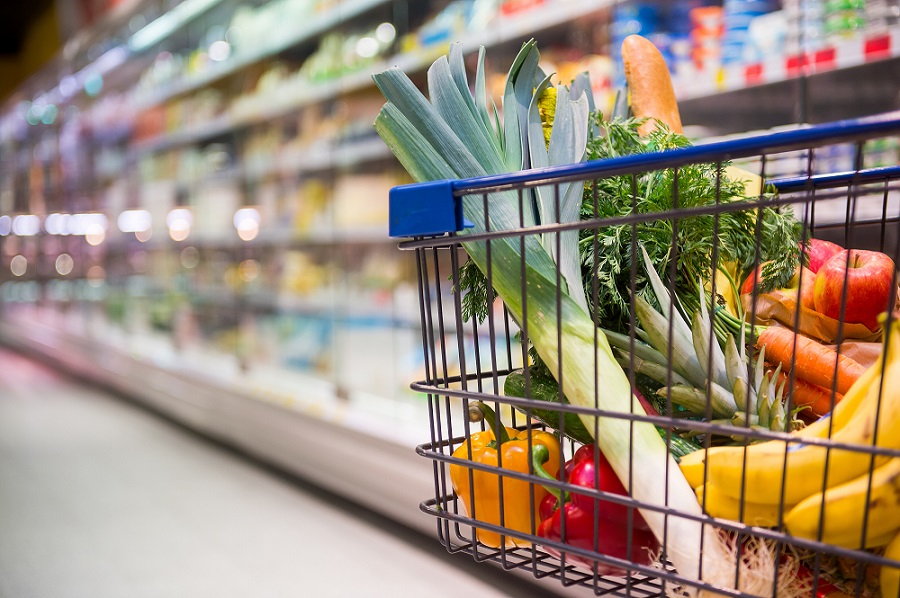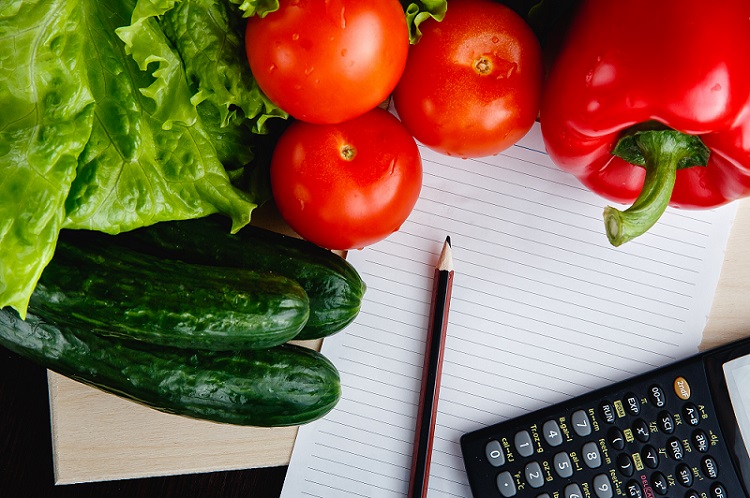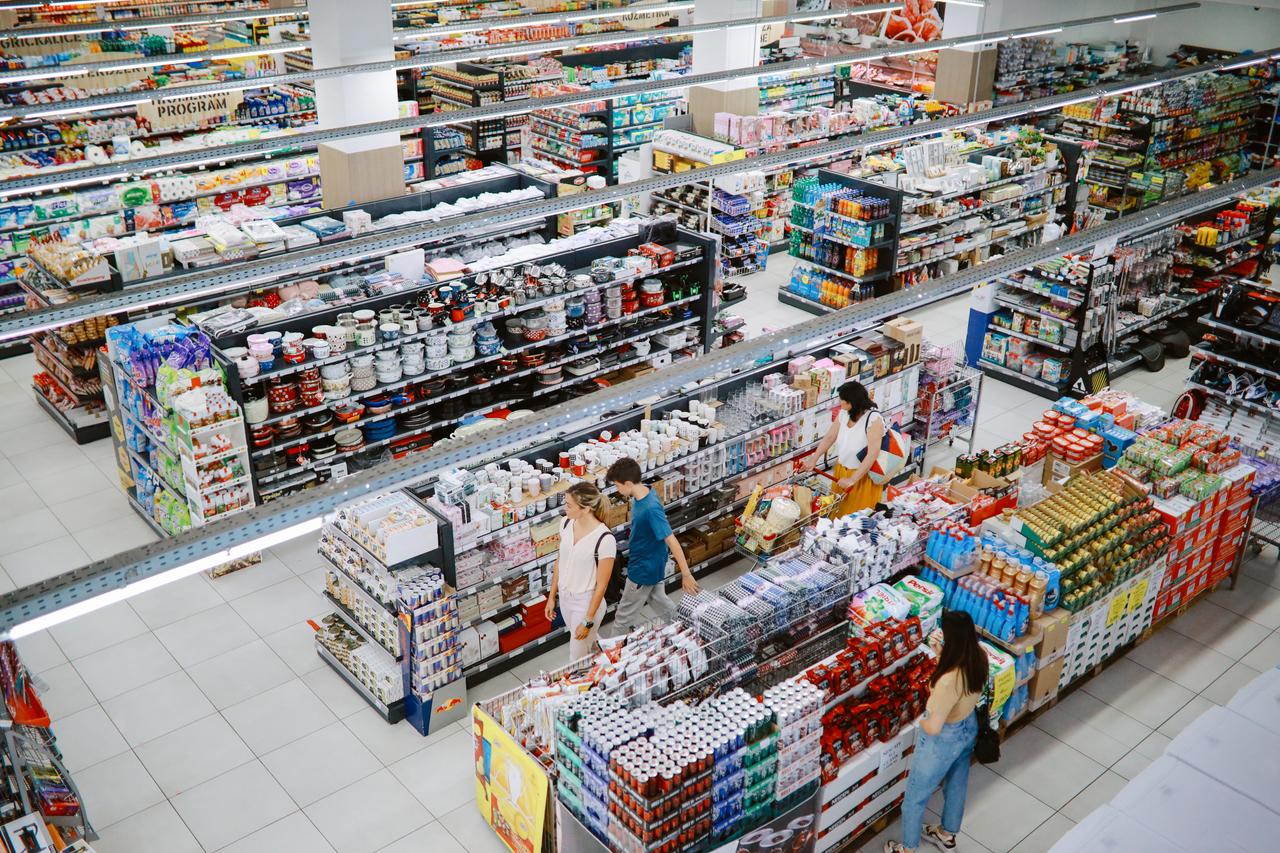The retail price of food and drink is rising sharply. And that seems likely to continue. According to our researchers, the average European consumer pays an extra 243 euros for the same basket of food products compared to 2021. This increase is in addition to the general increase in the cost of living (fuel, electricity, rent, eating out, etc.). Governments will have to provide extra support for the most vulnerable households.
Prices for agricultural products rose by +31% in 2021 and will increase by a further +23% in 2022. European consumers only felt a small pinch in their wallets in 2021 because prices increased significantly in the second half of last year. The Russian invasion had yet to take place. With agricultural prices expected to rise a further +22.9% this year, European consumers should brace themselves for an unprecedented rise in retail food prices.




